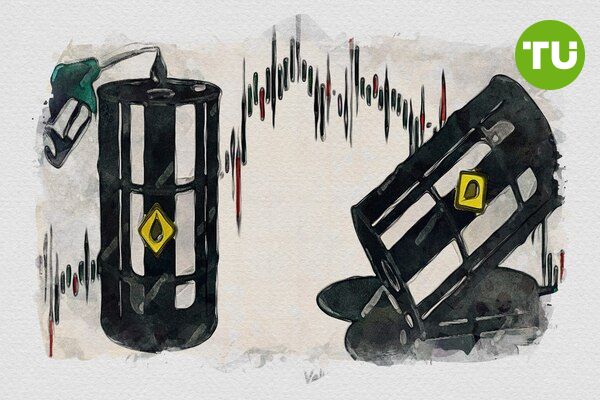WTI crude oil price drops on strong dollar and weak China demand
 WTI crude oil falls below $69 due to US dollar strength
WTI crude oil falls below $69 due to US dollar strength
WTI crude oil futures fell below $69 per barrel on Friday, driven by a strong U.S. dollar and dimming demand from China. The Federal Reserve's signal of a slower pace of rate cuts next year propelled the greenback to a two-year high, reducing oil's appeal as a dollar-denominated commodity.
Additionally, China’s largest refiner Sinopec announced that gasoline demand peaked last year, weakening the outlook for the world’s largest crude importer.
WTI crude oil price dynamics (Nov 2024 - Dec 2024) Source: TradingView
Crude Consolidation Signals Potential Volatility
Despite bearish sentiment, oil prices showed signs of stabilization, hovering around $69.42 with resistance near $71.41. A breakout above $71.41 could push prices toward $73.27, driven by technical indicators like the 50% Fibonacci retracement and the November swing high.
Conversely, a decline below $69.42 would signal further weakness, with crude potentially falling to the 61.8% retracement level of $74.42.
While OPEC+ efforts to curb production continue, including Kazakhstan's support for extended cuts, rising non-OPEC output and weak Chinese demand offset these measures. Analysts expect increased volatility as crude oil remains in its narrowest trading range since 2019. If the US dollar maintains its strength and China’s demand remains weak, oil prices could struggle to gain upward momentum.
In our previous coverage, we highlighted WTI crude oil’s dip below $70 due to a strengthening US dollar and Nigeria’s oil sector reshaping following Shell Plc’s $2.4 billion asset sale. These market dynamics continue to shape oil prices.













































































































































